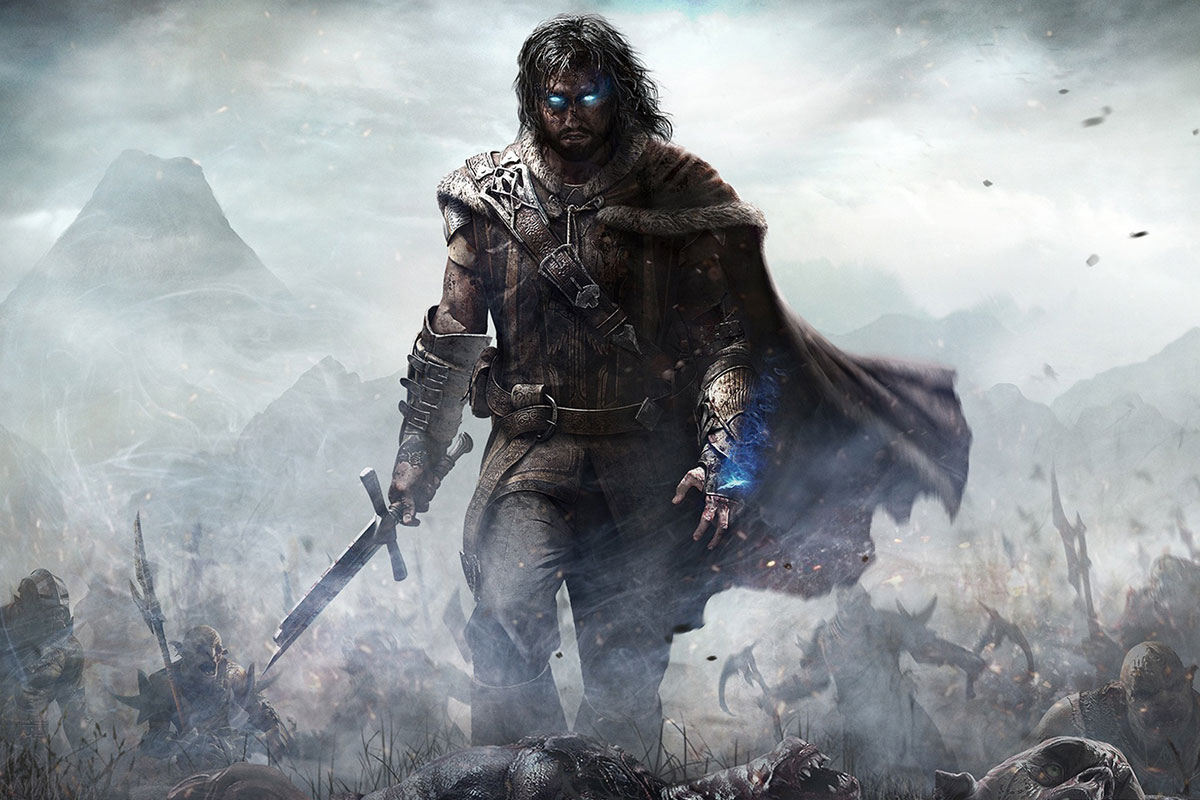hen Uruguayan fashion designer Gabriela Hearst was announced as the creative director of luxury fashion house Chloé in December last year, those familiar with her work knew it spelled change for the 70-year-old French brand — especially given the maison’s CEO, Riccardo Bellini, had already indicated he was looking to take the label in a new purpose-driven direction.
Hearst had long been making a name for herself as a thoughtful designer concerned with making beautiful garments, but not at the expense of our planet. The launch of her eponymous brand in 2015 came a few years after Hearst inherited her family’s ranch from her father, an experience that has shaped her commitment to sustainability.
Taking control of the farmland she was raised on and childhood memories of growing up off-the-grid deeply influenced her approach to fashion design: slow, small and with an emphasis on creating handcrafted items. Many of Hearst’s leather bags, for example, are made to order or produced in small batches.
Based in New York for many years, Hearst now splits her time between the US and France, designing collections for both Chloé and her namesake brand. And while there are clear distinctions between the two labels, her design ethos remains consistent.
During an interview at the Chloé showroom in Paris, just days before she was due to sit on a COP26 panel alongside artist Dustin Yellin and Eleven Madison Park chef Daniel Humm, the designer spoke openly — and with urgency — about fashion’s role in turning the climate crisis into what she called “climate success.”
“I grew up on a farm,” she said. “Everything gets used on a farm, so that’s where I learned utilitarian skills for sustainability.
“We live in a (world) that is overproducing things that we don’t need,” she said, explaining that her three-point approach to design looks at fossil fuels, overconsumption and the need to rehabilitate the environment. “What is this product doing to these three points?” is among the questions she asks when creating a new garment or accessory, she said. “Is it saving water? Is it using less fossil fuels? Can we transport it by boat (instead of plane)?”This ethos is, in part, why her clothes are very expensive: A handmade Gabriela Hearst cashmere poncho is priced at over $3,000 and a leather skirt (already out of stock on the Chloé website) costs $5,895. The price tags might seem excessive, even for luxury fashion, but Hearst said she wants clients to think before they buy. She wants her customers to see her designs as family heirlooms or at least lifetime investments. If seen in that way, a pair of boots priced at over $1,500, for instance, can be viewed as costing a more palatable $60 a year if worn for 25 years.
“I always tell my clients, ‘Do not buy a lot, buy what you need, what you want, what you want to pass down.'” It’s a mindset she learned from her mother, whose clothes, made by the family tailor, were meant to last a lifetime.
Hearst was drawn to Chloé because it has an aesthetic she understood. “It was natural to my vocabulary,” she said, joking that the job had to go to her because she shares a name with the label’s founder, Gaby Aghion.
On a more serious note, the designer said she was motivated by the opportunity to implement the research and development she and her team at Gabriela Hearst had been carrying out over the years. Could she scale it up at the larger, more established house, she wondered? The answer appears to be: yes.
Hearst has created three collections for Chloé since taking the creative reins last year. Her first designs were produced in two months, an extremely tight turnaround. The Autumn-Winter 2021 collection, which was shown in March this year, included a collaboration with Sheltersuit Foundation, a non-profit organization that makes outerwear for homeless people. Transforming from a duffel bag to a waterproof jacket then to sleeping bag in a few zips, the charity’s namesake Sheltersuits are made from recycled and deadstock materials. Hearst invited founder Bas Trimmer to the house’s atelier to make a backpack using a similar ethos and some of Chloé’s deadstock materials. The label then announced that for each backpack sold, it would make two sheltersuits for those in need.As for the rest of the collection, Chloé issued a statement claiming that it “can be considered to have four times more lower impact materials compared to last year.” Polyester and viscose were eliminated, recycled or reused, the denim was organic and vintage bags were repurposed. “New isn’t always better,” read a statement from Hearst, w
Her third and most recent collection for the label came with an announcement that more items than ever before would be handmade by independent artisans under a new sub brand, Chloé Craft.
“While Chloé Craft is innately low impact, the challenge is to find ways of making the items produced in larger quantities more eco-conscious,” read a statement which also detailed how staples such as the Tote bag and Nama sneakers (which sell at comparatively higher quantities) had been improved to use lower impact materials.
The outdoor show was staged along the Seine river in Paris, and guest’s seats were made of bricks by a French organization called Les Bâtisseuses (The Builders), which teaches ecological construction skills to women refugees.
Hearst stands out in an industry rife with tokenism and “greenwashing.” Her motivations run deep and they are personal. Regardless of her position in the fashion industry, she’s coming at the issue as “a human being, as a mother that is worried about my children and other people’s children,” she said.
Several years ago, a trip with a British charity, Save the Children, to northeast Kenya gave Hearst a first-hand view of the human toll of the climate crisis. Severe drought in 2017 had left the people she met desolate. It’s experiences like these, she said, that motivate her to use her platform to take action. “I see too clearly what the outcome is, if we don’t act, and I can’t turn a blind eye to it.”
ho is simply referred to as “Gabi” in press materials.
Last month, Chloé announced it has officially achieved B Corporation status, a rigorous certification process that assesses a business’ social and environmental impact — a first for the luxury fashion industry (though Hearst hopes not the last).
The designer acknowledges that, despite her and her team’s efforts, there is a lot more work to do. But, Hearst said, time is running out and it’s not the moment for perfectionism. “I’m of the belief system that everyone is nervous about doing things perfectly, but… we have to go with ‘good enough.’ You have to be able to say, ‘We’re not perfect, but we’re freaking trying.’
“We’re all trying to find a way to do business in a new economy, and if you’re not trying to do this, you’re going to be left out.”
Days later in Glasgow, Hearst, flanked by Daniel Humm and Dustin Yellin, told a small audience of COP26 delegates, “it will be the artists and scientists that get us out of this, not the politicians.”
“It’s going to take ingenuity to believe something can happen.”












